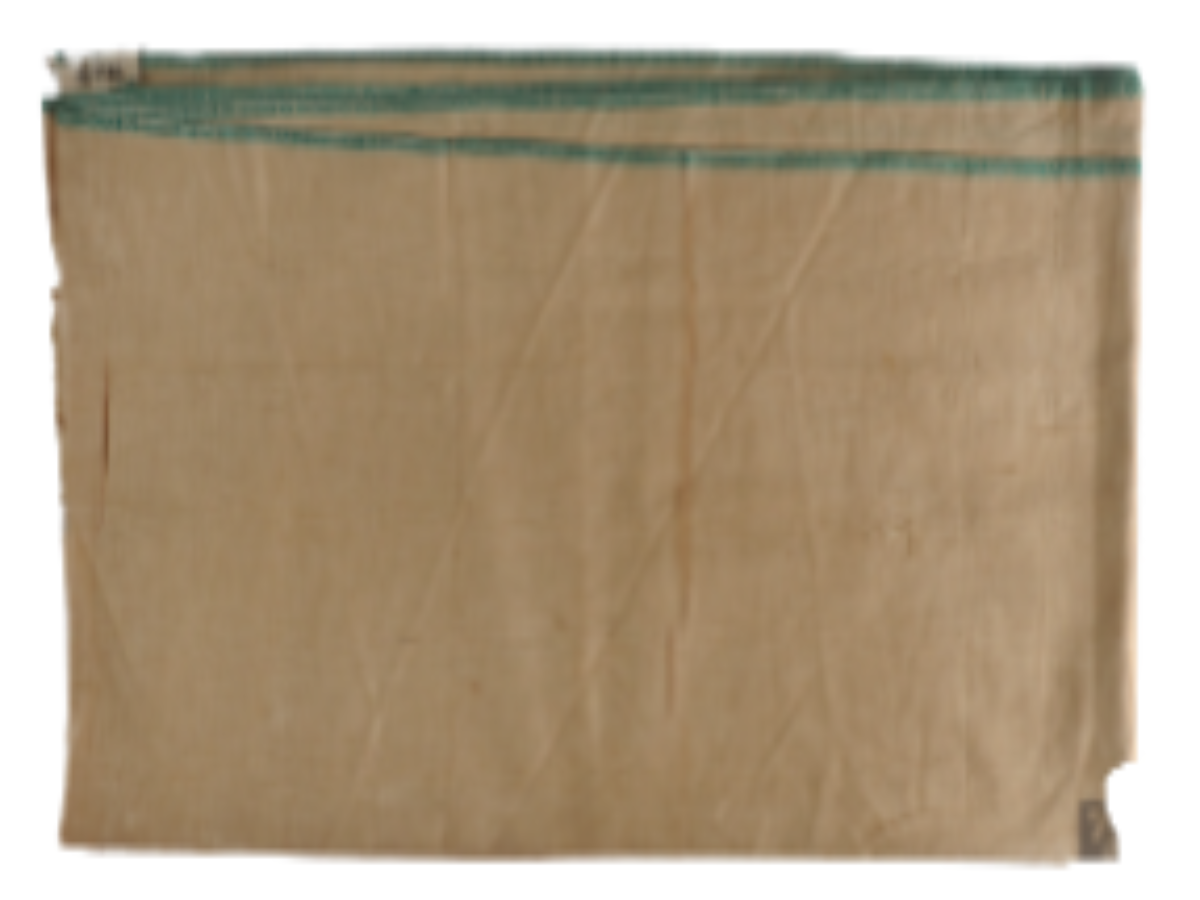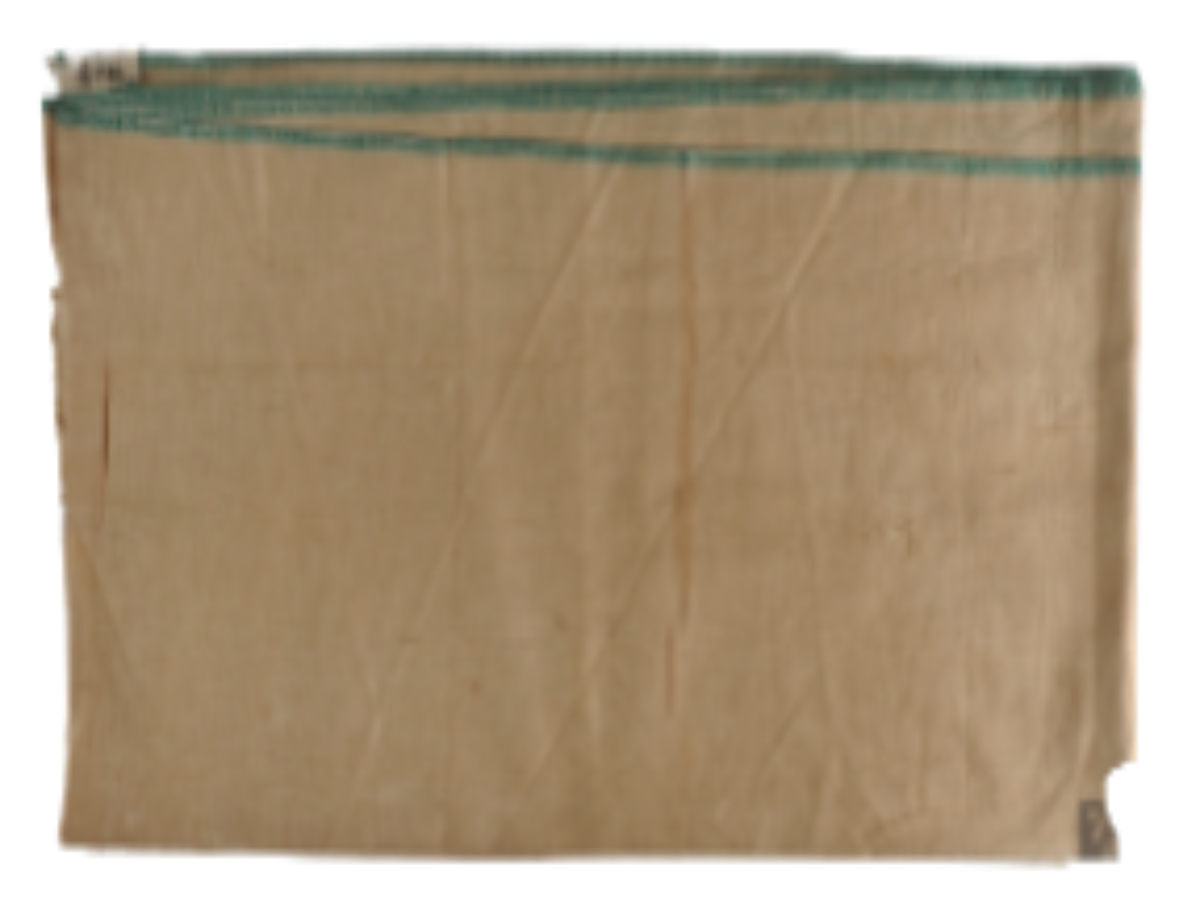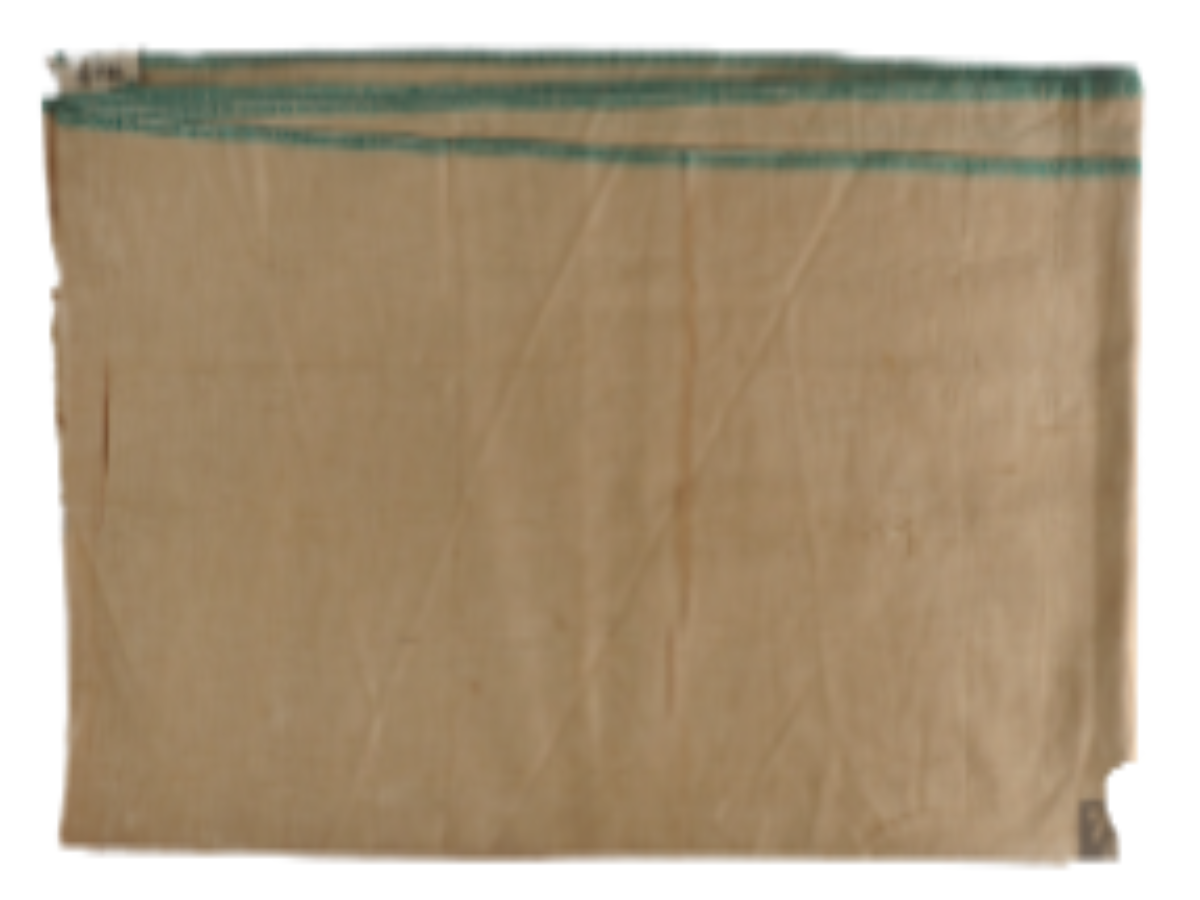State
Tribe Name
Art Type
short description
Maria Tribe, residing primarily in Chhattisgarh, is rich in culture and home to traditional handwoven textiles. One of the most beautiful cloths among them are two dhotis, designed with matching green border and edge. These dhotis are an essential part of the traditional wear for men of the community, representing cultural pride and art.
These are selected dhotis by Maria community, either for festivals or special rituals. They carry cultural significance, most often coupled with other traditional accessories to form a complete Maria male appearance. Bright green colors probably relate to prosperity, purity, or oneness associated with nature.
These are selected dhotis by Maria community, either for festivals or special rituals. They carry cultural significance, most often coupled with other traditional accessories to form a complete Maria male appearance. Bright green colors probably relate to prosperity, purity, or oneness associated with nature.
Thumbnail

Filter Postion
Right
Filter Background
Off
Theme
Filter Header Image

content
Image

description
Maria Tribe, residing primarily in Chhattisgarh, is rich in culture and home to traditional handwoven textiles. One of the most beautiful cloths among them are two dhotis, designed with matching green border and edge. These dhotis are an essential part of the traditional wear for men of the community, representing cultural pride and art.
These are selected dhotis by Maria community, either for festivals or special rituals. They carry cultural significance, most often coupled with other traditional accessories to form a complete Maria male appearance. Bright green colors probably relate to prosperity, purity, or oneness associated with nature.
These dhotis are made using the techniques of ages old that guarantee uniqueness and durability in these clothes, while providing comfort which would ideally be tribal. The green edging and border only add grace to this otherwise very plain yet impressive piece of clothing. It shows the hand-weaving reflecting the deep-rooted skills and traditions of the ancestors.
This is very different from the normal wear. Such kind of dhoti is draped on festival occasions, in rituals or during an important community gathering. Beyond this, these dhotis are part of other traditional artifacts, completing the complete formal package of a typical Maria man.
Each woven piece stands testament to the Maria tribe's commitment to keeping their textile traditions alive. In making such fabrics and putting them on, the tribe not only creates a distinct identity for itself but also continues to accentuate the artistic brilliance of indigenous weaving traditions in Chhattisgarh.
These are selected dhotis by Maria community, either for festivals or special rituals. They carry cultural significance, most often coupled with other traditional accessories to form a complete Maria male appearance. Bright green colors probably relate to prosperity, purity, or oneness associated with nature.
These dhotis are made using the techniques of ages old that guarantee uniqueness and durability in these clothes, while providing comfort which would ideally be tribal. The green edging and border only add grace to this otherwise very plain yet impressive piece of clothing. It shows the hand-weaving reflecting the deep-rooted skills and traditions of the ancestors.
This is very different from the normal wear. Such kind of dhoti is draped on festival occasions, in rituals or during an important community gathering. Beyond this, these dhotis are part of other traditional artifacts, completing the complete formal package of a typical Maria man.
Each woven piece stands testament to the Maria tribe's commitment to keeping their textile traditions alive. In making such fabrics and putting them on, the tribe not only creates a distinct identity for itself but also continues to accentuate the artistic brilliance of indigenous weaving traditions in Chhattisgarh.
Image Mode
landscape
promoted
Off
Verified
Off
